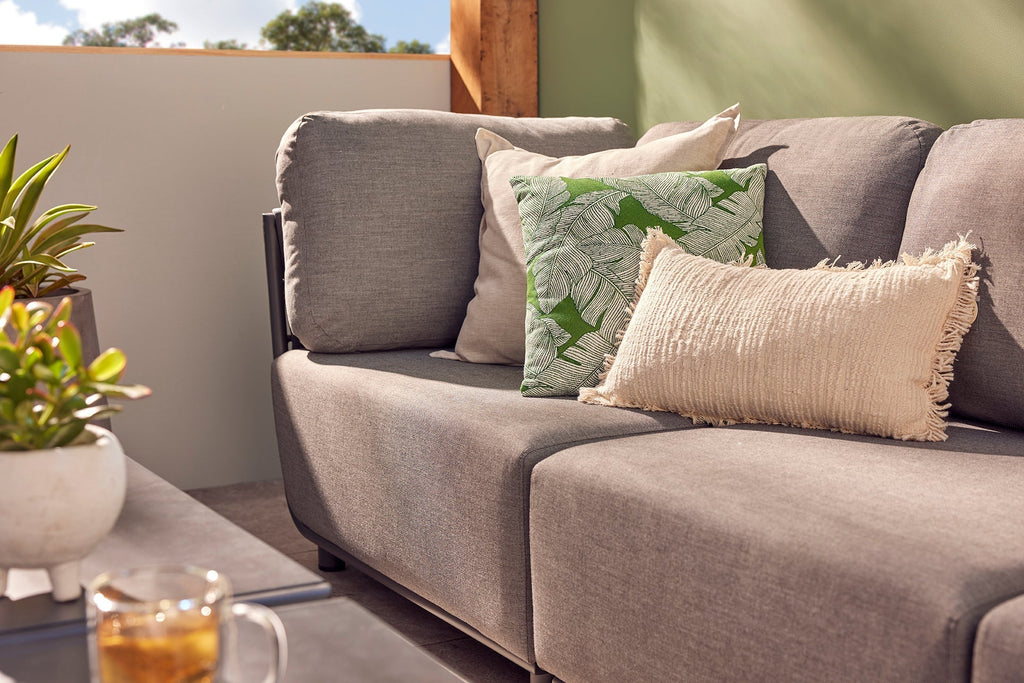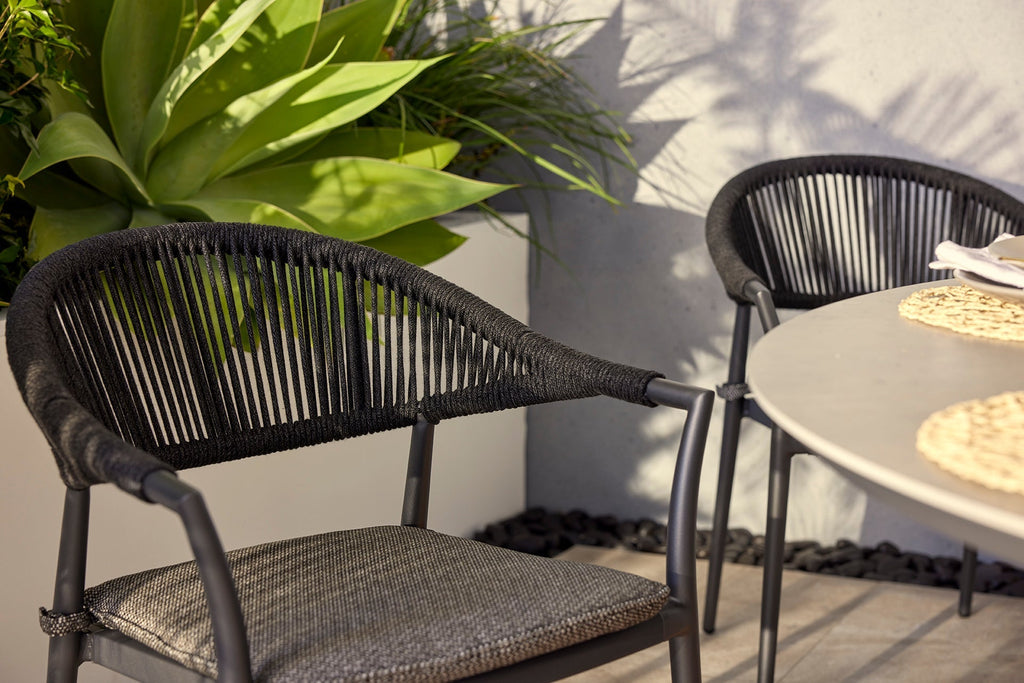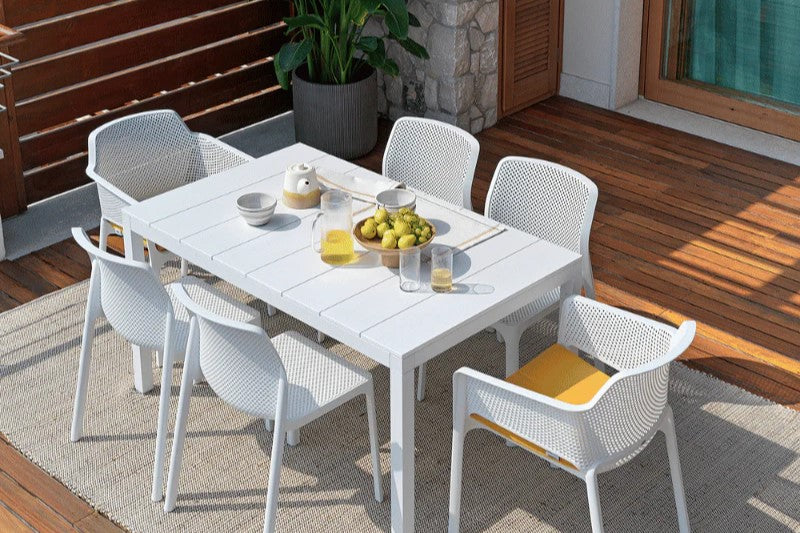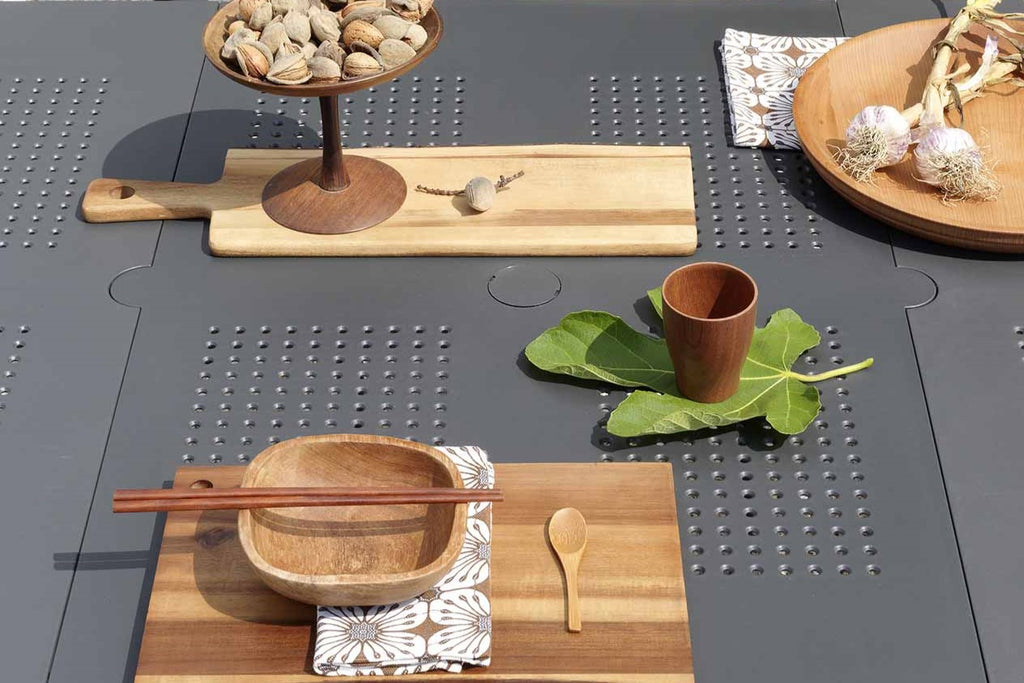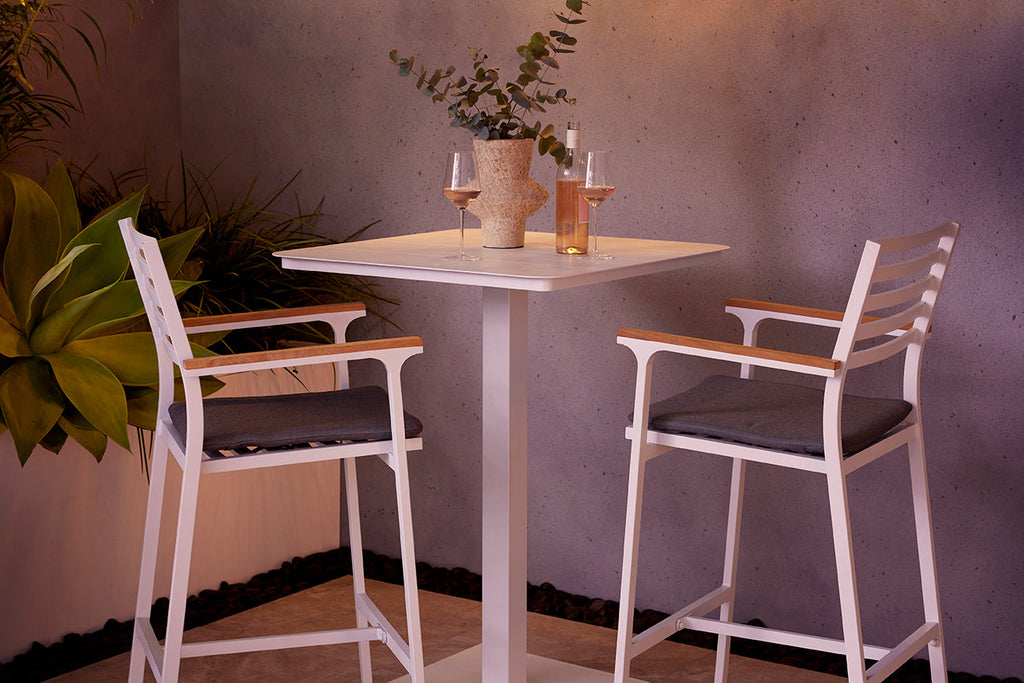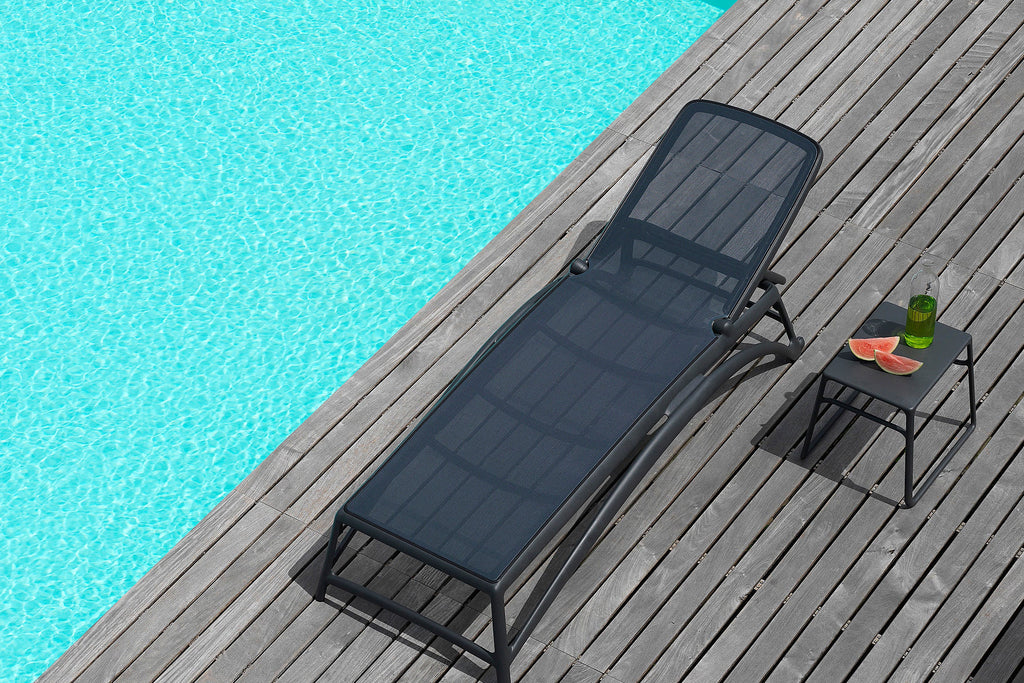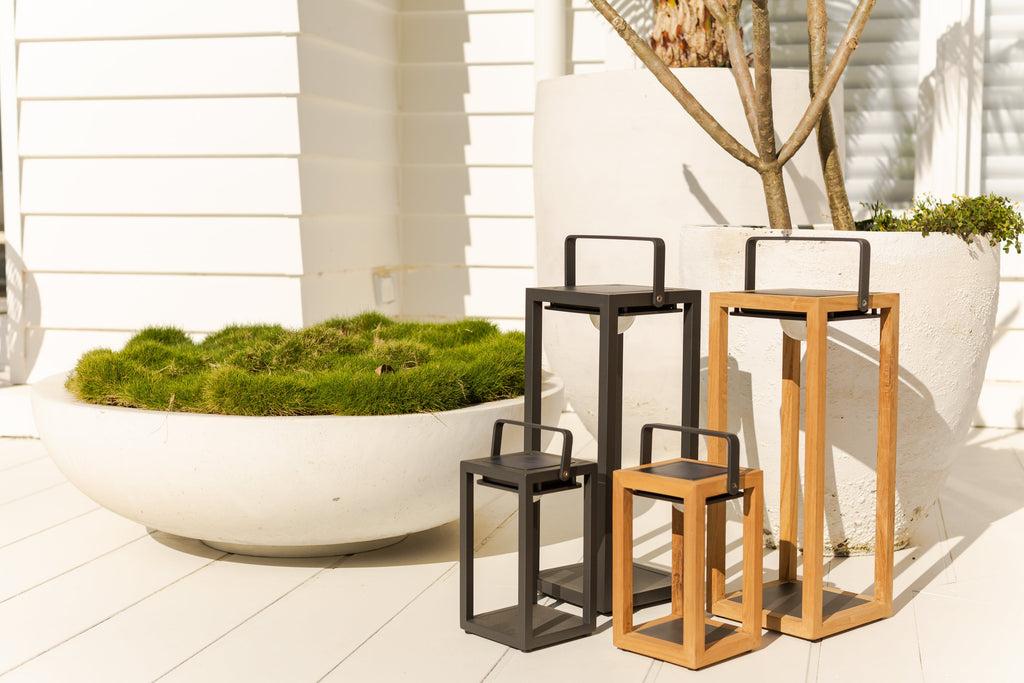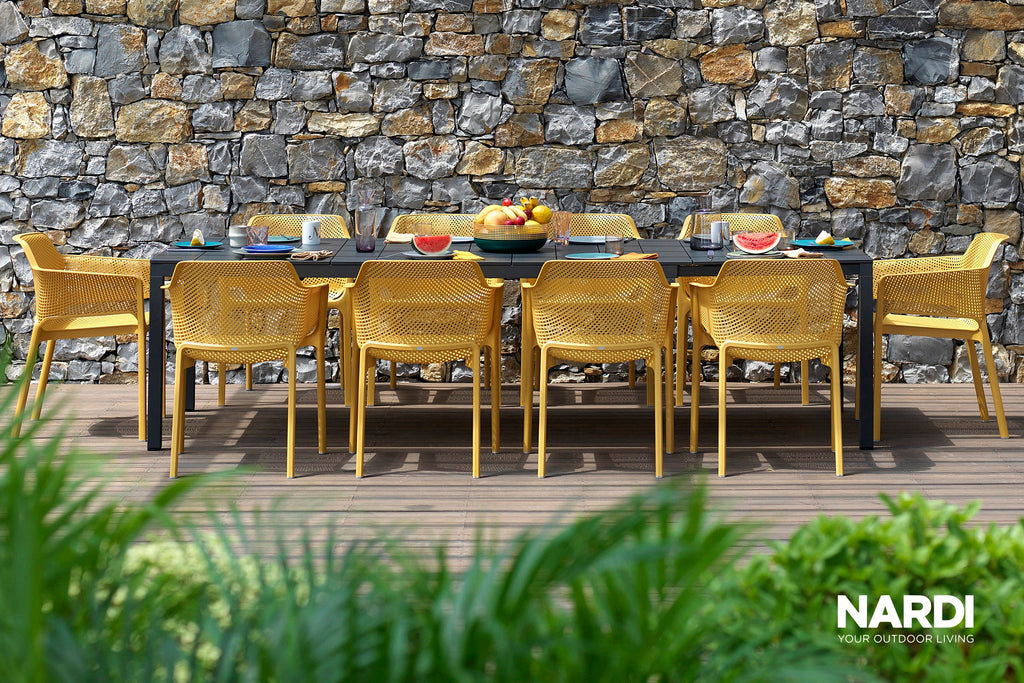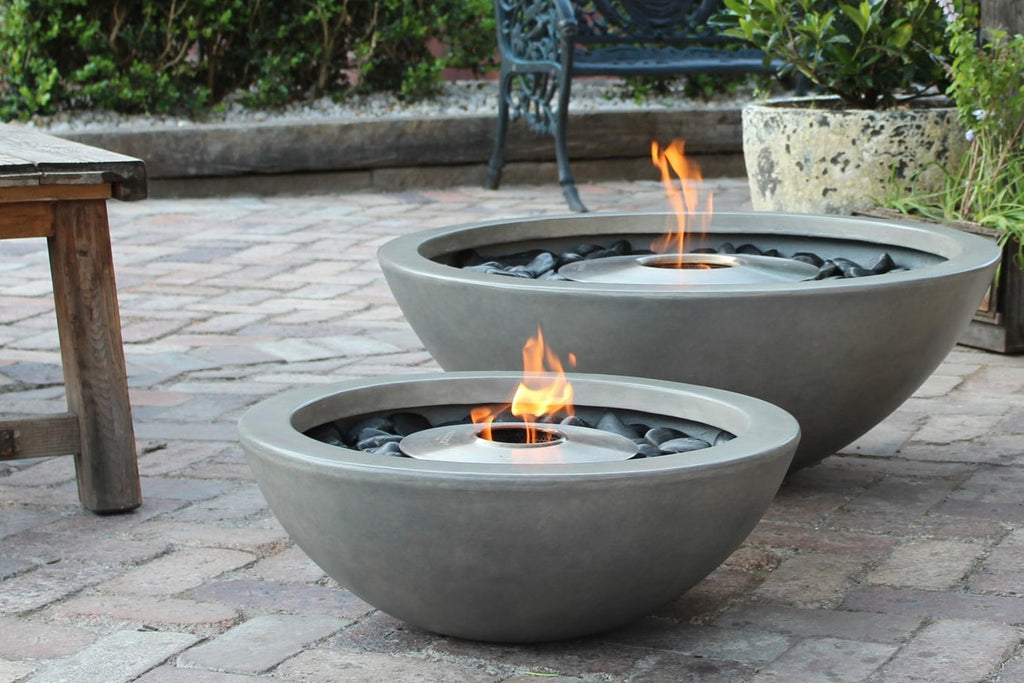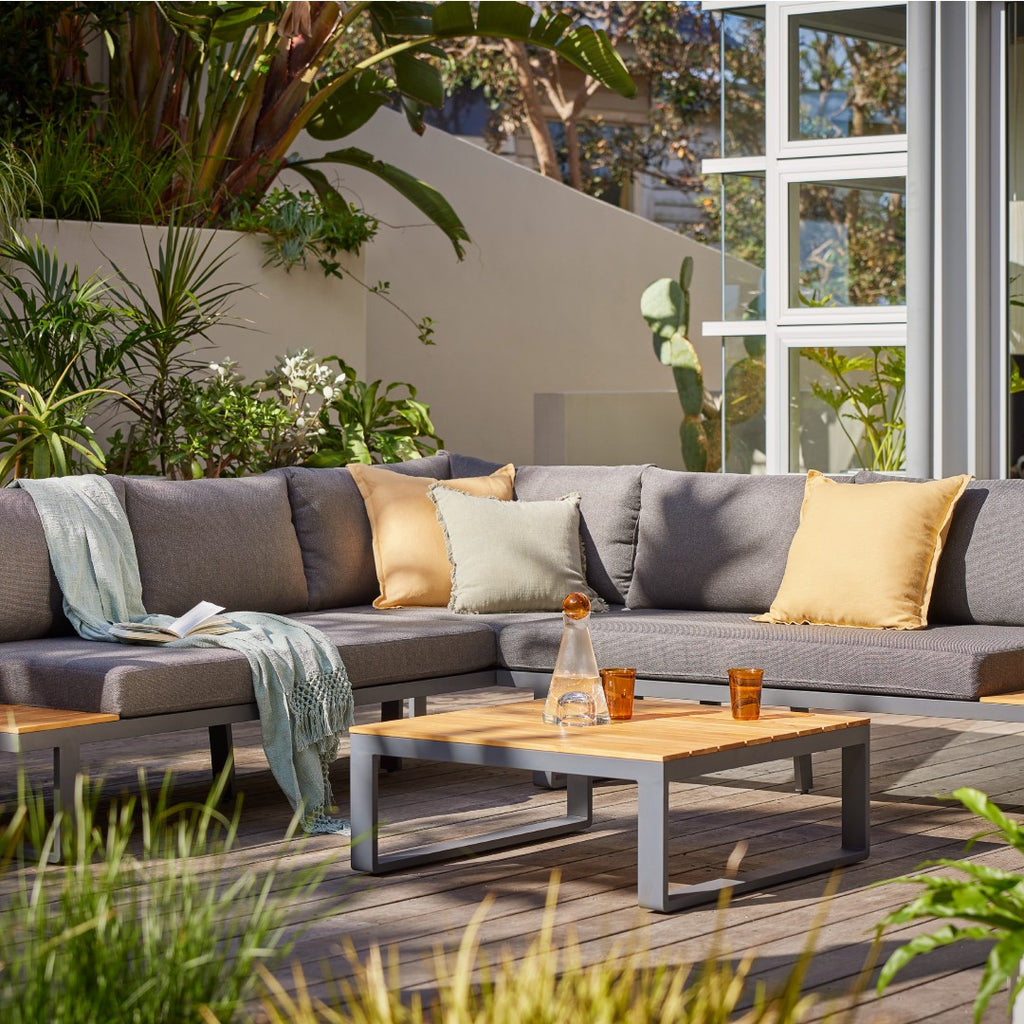How to Refurbish Wooden Outdoor Furniture?
Patio furniture can provide functionality and comfort for your outdoor space, and make it become an ideal place for social activities, relaxation, and enjoying the fresh air and naturally beautiful scenery. Wooden outdoor furniture in particular. Wooden outdoor furniture is one of the best supplements for your outside place. It is a piece of natural furniture that can match with the ambient environment and add lots of charm and warmth to your family.
However, beautiful and comfortable wooden outdoor furniture is likely to lose its appeal in just a few years. Rain, snow, ice, strong sunlight, extremely high heat and cold have made great changes to wooden outdoor furniture, damaging its surface and taking away its luster. However, you do not need to replace the wooden table or bench just because it is bleached by the sun or a little dirty. As long as the furniture is well structured, you can easily restore its beauty and luster. All you need to do is refurbish weathered wooden outdoor furniture.
Refurbishing wooden outdoor furniture is a way to renew old chairs or other furniture. The process itself is relatively simple and only requires some basic tools and consumables. Carefully polish the furniture and fix any blemishes in it, then take a moment to apply a few thin coats of primer and paint. You will soon have a beautiful piece of furniture.
Refurbishing wooden outdoor furniture may seem like a difficult task, but it is not as difficult as it sounds. You only need to know how to restore weathered wooden furniture in the correct way.
This article aims to give you some help in refurbishing wooden outdoor furniture, and I hope it will be useful to you.
Step 1: Clean Your Wooden Outdoor Furniture Well
Wooden outdoor furniture, which is usually overlooked during cleaning and wood treatment, will gradually change color due to fungus and mold. Due to climatic conditions and temperature changes, this growth has occurred.
You should clean your wooden outdoor furniture thoroughly.
It is best to use a cloth dipped in water or mild soapy water to lightly clean wooden outdoor furniture. For deeper cleaning at the beginning and end of each season, or in the case of stains or mold hardening, use a soft brush and a mixture of water and dishwasher detergent or oxygen bleach for scrubbing.
Step 2: Strip Old Finish of Your Wooden Outdoor Furniture
Peel off existing paint or stains. Choose an outdoor workplace or a well-ventilated workplace, such as an open garage. If your furniture is in the backyard, please work there. Just spend some time covering the terrace or floor surface with a dripped cloth to prevent drips and stains. Fix the lower cloth with painter's tape.
Remove the scattered paint or finish with a scraper. To quickly remove finishes from larger furniture, use a sander. Be careful not to sand too deep to avoid damage to the furniture. Use a fine sandpaper sponge to carefully polish the curved area of the decoration.
You can also use a chemical stripping agent. Using a medium-sized paintbrush, apply the remover evenly over the surface. Let it soak for 20 to 30 minutes, but don't let it dry. Use a plastic spatula or a smooth round putty knife to remove the old finish. The surface may be very soft, so be careful not to be damaged by the scraper. Let the piece dry completely.
Notice:
When using strong chemicals, always follow the manufacturer's instructions and wear rubber gloves and goggles.
Step 3: Polish Your Wooden Outdoor Furniture
Remember, the more thorough you are in the peeling process, the less you need to sand. First, use medium/low-grain sandpaper to remove any remaining finishes and eliminate blemishes in the wood. Smooth the whole piece with medium-grain sandpaper. Make sure to sand carefully in the direction of the wood grain, as any vortex marks caused by sanding will stand out when you dye.
Step 4: Refurbish Your Wooden Outdoor Furniture
If you are spraying wooden outdoor furniture, please use a good quality primer/sealant. Let the primer dry for up to two hours, or dry as recommended by the instructions. Feel any rough spots on the surface and lightly sand if necessary. Apply the second layer. Let the primer dry for 12 to 24 hours.
Next, paint the exterior wall paint with high-quality paint. Brush evenly along the grain direction. You can also use spray enamel. If you use spray paint, walk slowly and keep the cans about 12 inches from the surface of the furniture. When using spray paint, please apply the second layer of paint within one hour or 24 hours later. Let the second layer of paint dry overnight.
If you want to stain the furniture, please pay attention to the following difference: oily stains will penetrate into the wood without increasing the wood grain but will emit a strong smell. Water-based stains are more environmentally friendly and can be easily cleaned with soap and water. (Do not use deck stains on furniture.) With a cloth or medium-sized paintbrush, apply a thin and even paint on the wood stain and let it penetrate into the wood. Apply one coat to form light stains, or apply another coat to form dark stains. Sand lightly with fine sandpaper between the two layers. Wipe off excess stains with a clean cloth and let it dry completely.
Notice:
If you are using water-based stains, moisten the wood with a damp cloth and sand to minimize grain texture. Let the wood dry completely and sand it lightly with fine sandpaper. Repeat as needed. Apply wood sealer and protector to seal the new stain paint. Use a rag or small and medium-sized paintbrush to apply the sealant evenly along the particle direction. Hold the brush vertically when applying. Overlapping strokes when moving to the next area. Starting from the corner, work the sealer gradually in a consistent manner to avoid exposed spots. Let it dry completely (usually a few hours). You may want to add a few coats. Between the two layers (once the previous layer is dry), lightly sand the surface with fine sandpaper. Wipe a piece with a cloth or use a brush to remove residues and debris on the sandpaper. Apply the top and bottom layer to dry.
Extra tips for Refurbishing Wooden Outdoor Furniture:
If you don’t want to repaint your wooden outdoor furniture, you can simply polish the old finish and apply a transparent sealant on it-this can create a charming weathered appearance and keep the terrace furniture from being affected by elements;
If you have wooden outdoor furniture, you can easily restore its color and luster by rubbing it with specialized oil (after a thorough cleaning). You can also sand a piece to remove the dark patina, peel off the worn outer layer of the furniture, and reveal its golden brown. Either way, it is best to use a sealant to protect the wood from weathering.
Now that you know how to refurbish wooden outdoor furniture, you can decide whether you want to complete the task it is very satisfying to regenerate the weathered parts themselves, but the process is laborious and time-consuming. It can also be very complicated, especially if your garden furniture is more complicated or has suffered some kind of damage.
If your patio furniture has a similar and more complicated situation, it is recommended that you should contact professional maintenance personnel. Because professionals have rich experience and technical knowledge and are equipped with professional equipment, they can complete the maintenance of outdoor furniture in the safest and most efficient way.
